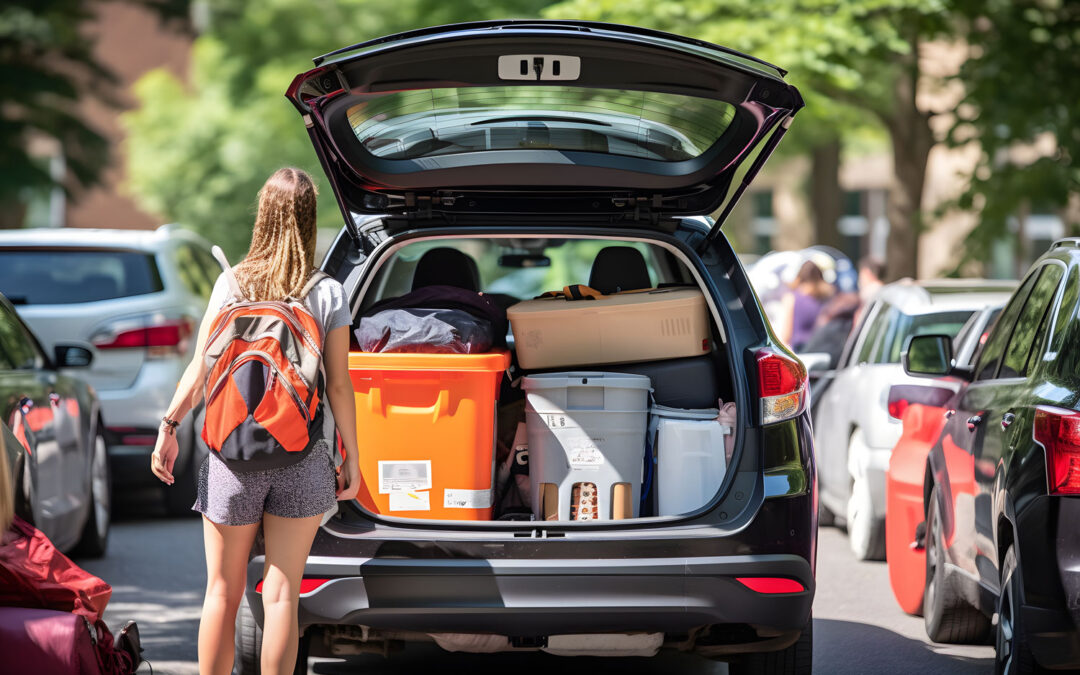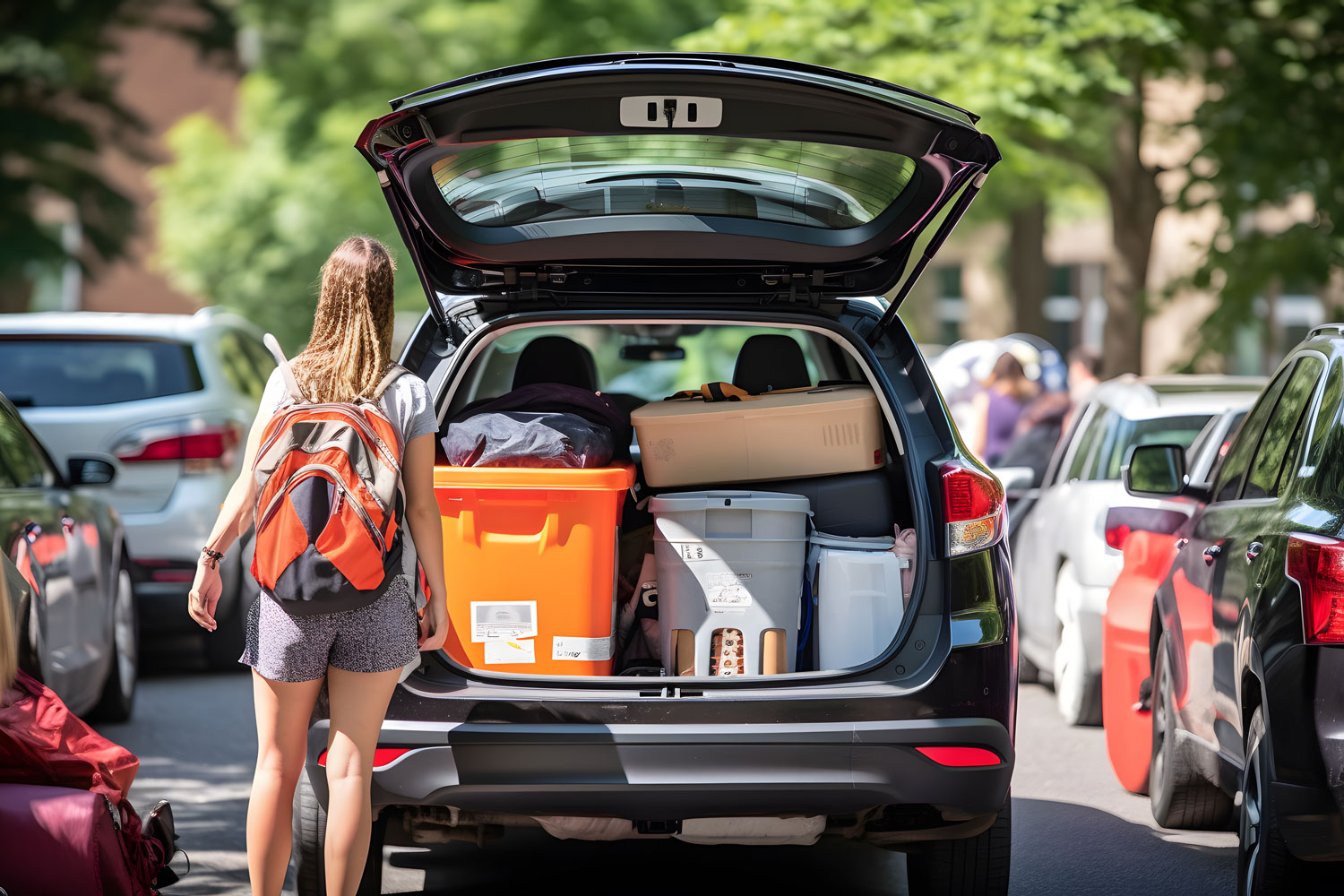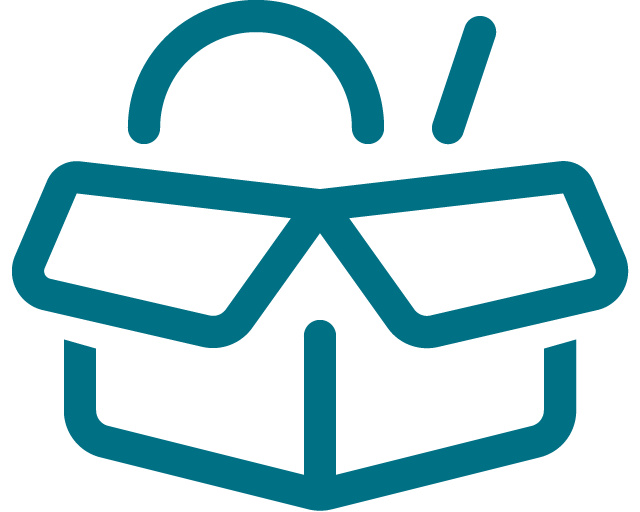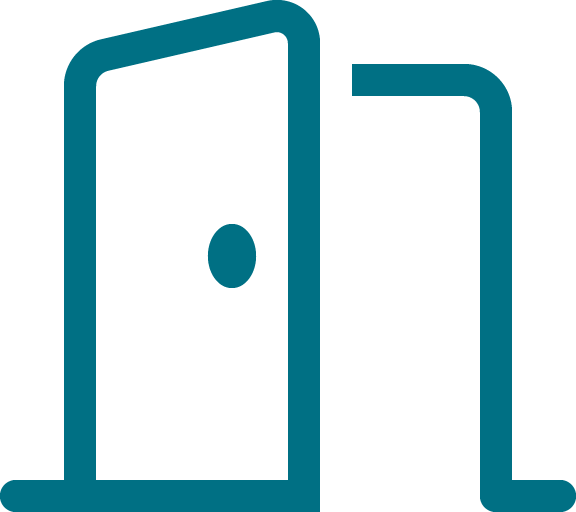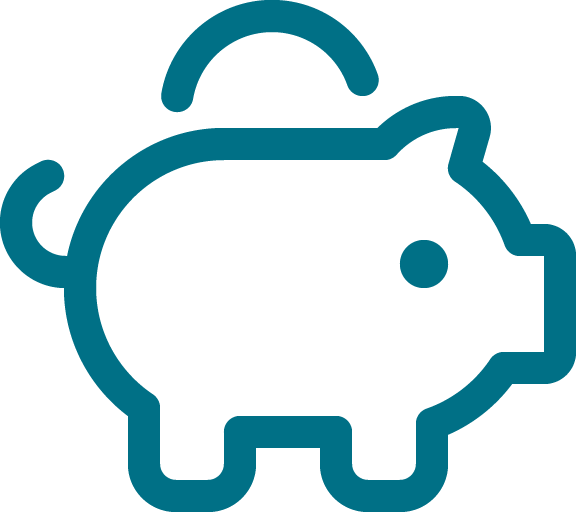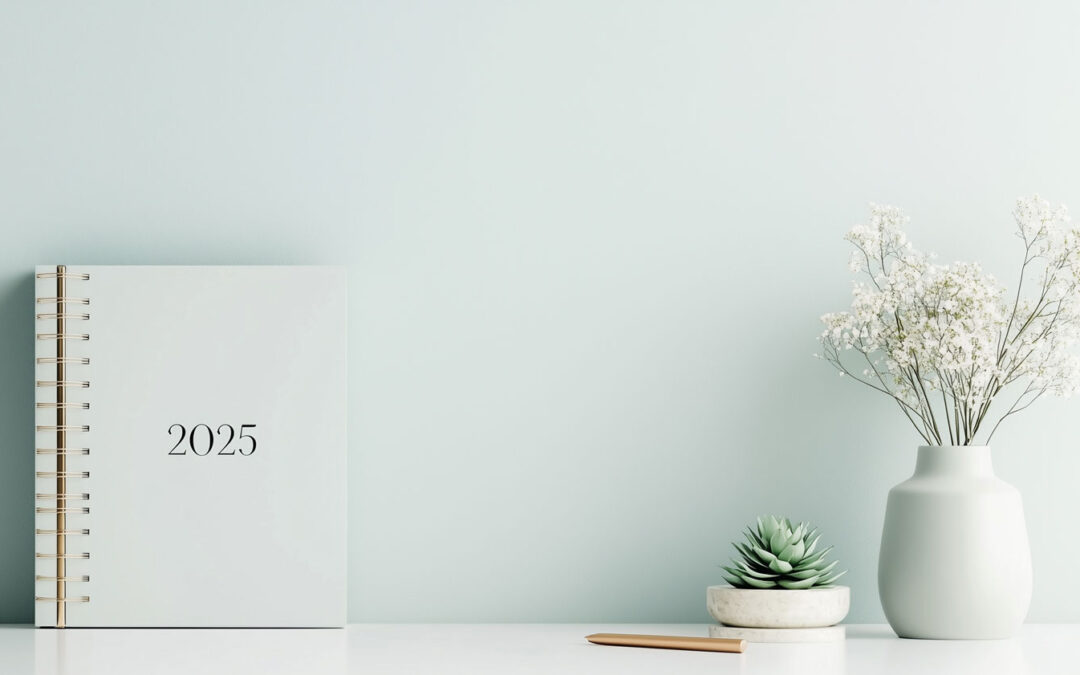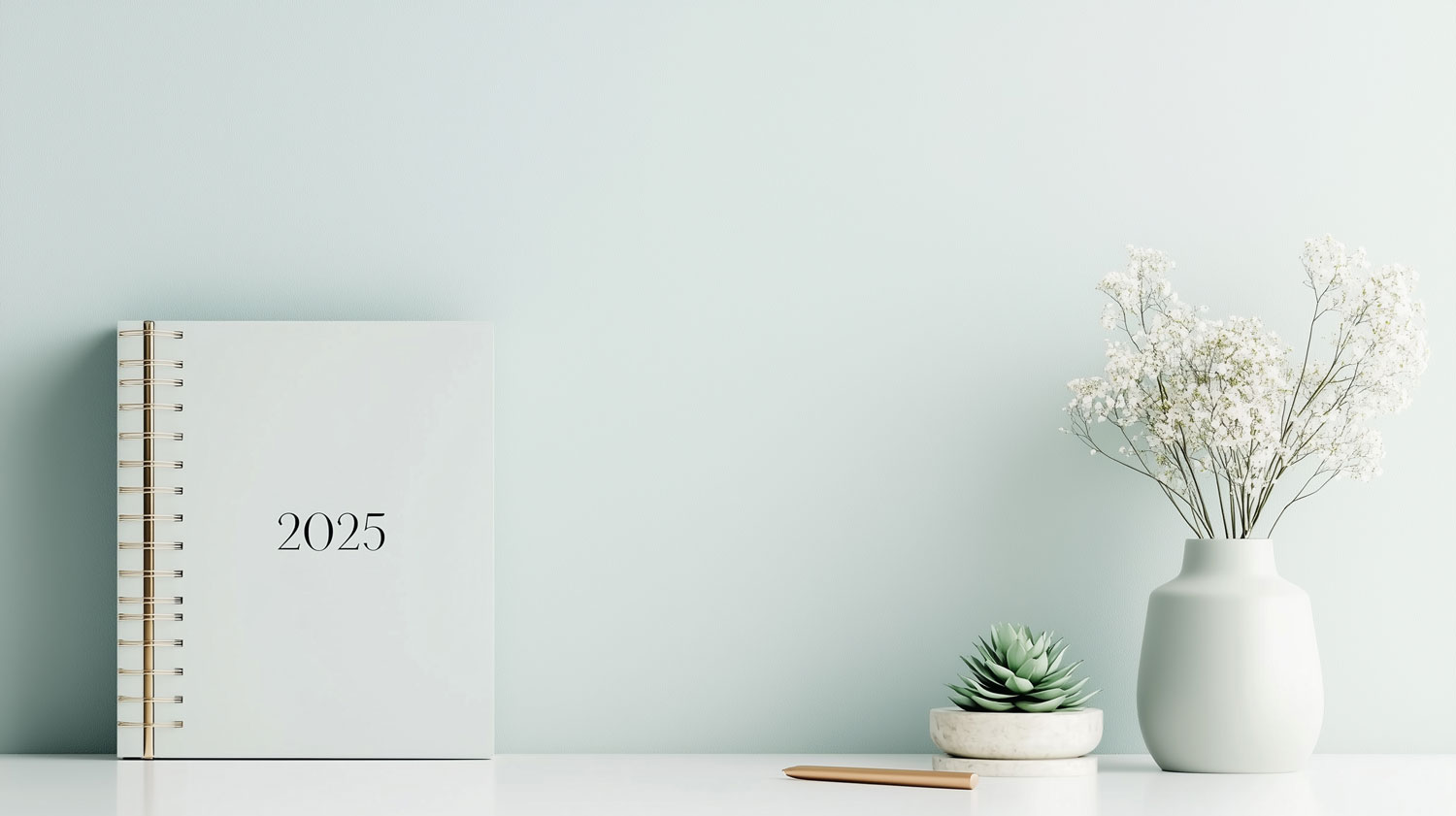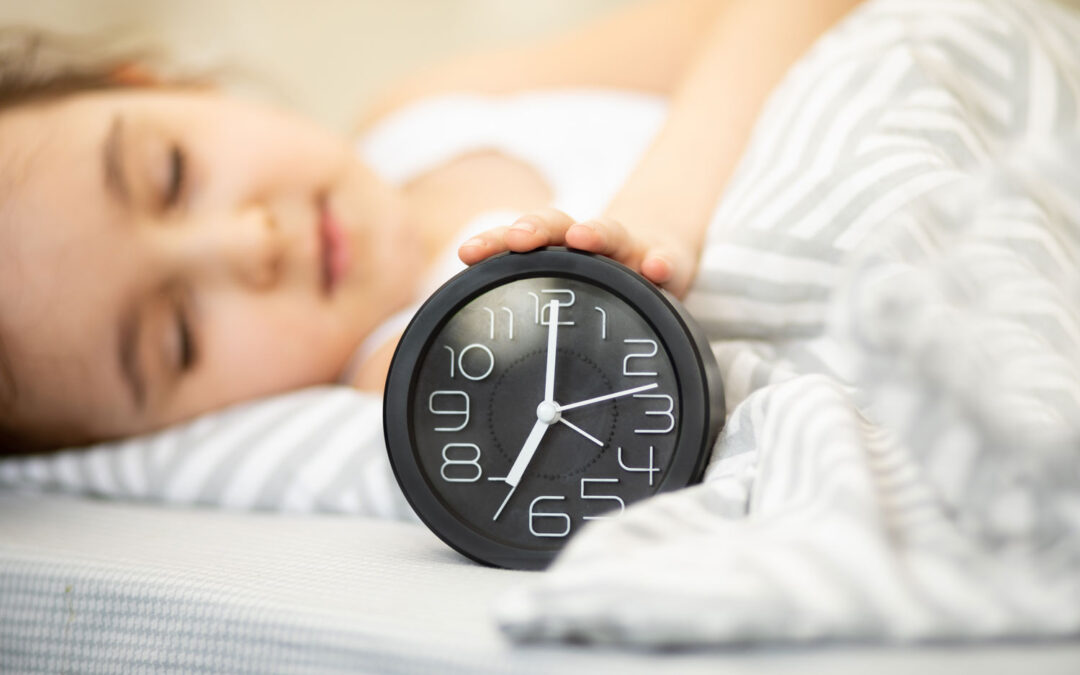
Before Summer Ends: 5 Areas to Tidy, Plan, and Refresh
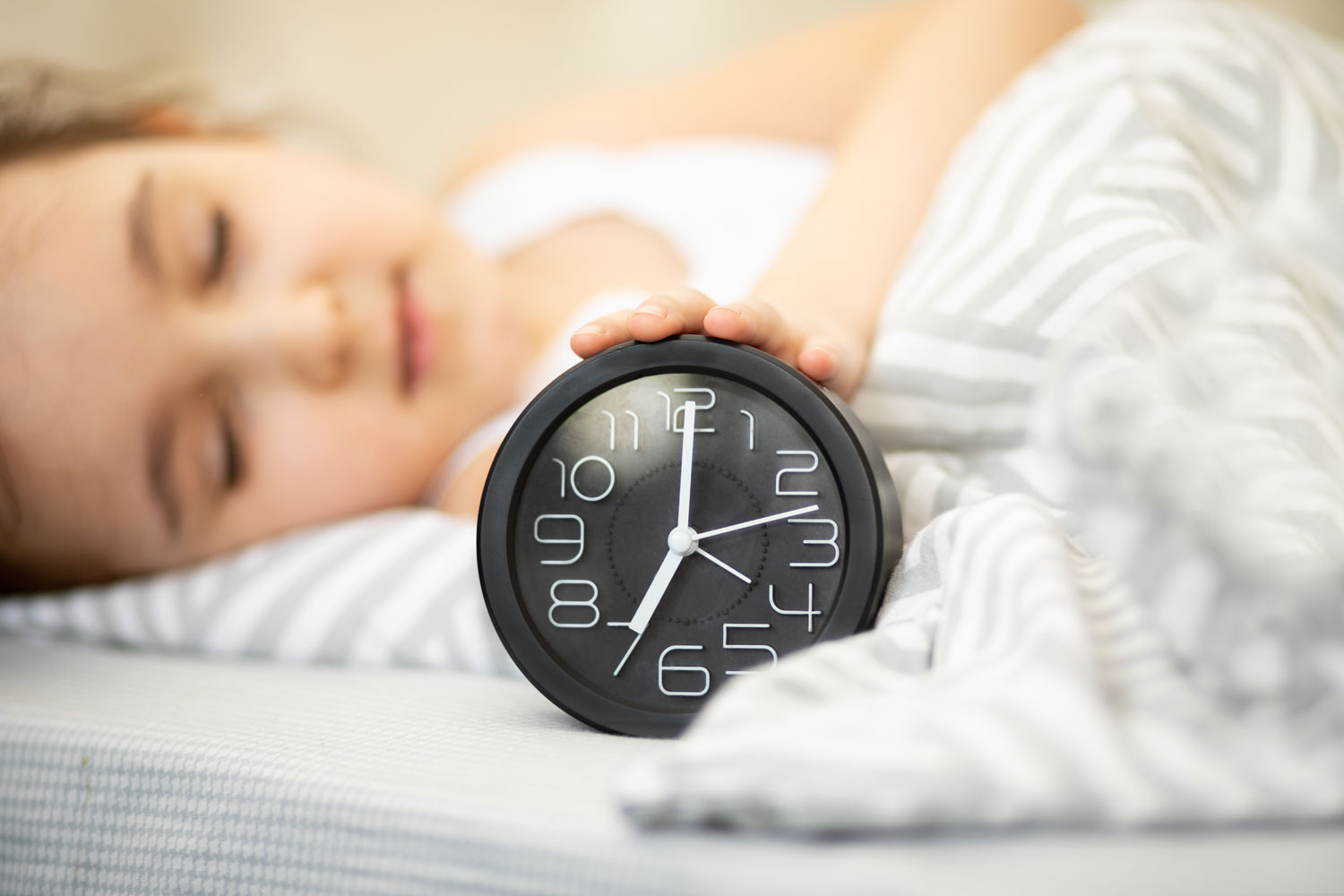
As the final weeks of summer unfold, it’s the perfect time to pause, reflect, and set yourself up for a smooth transition into fall. Whether you’re preparing for a new school year, gearing up for a busy work season, or simply craving a more organized lifestyle, August offers a unique opportunity to reset. Before the routines of September return, take advantage of the slower pace and longer days to focus on these five areas of life that often need a little attention.
1. ⏰ Your Daily Routines
Summer often brings a welcome disruption to our usual schedules—but that flexibility can make it harder to return to structured routines in the fall. Use this month to gently realign your morning and evening habits:
• Start waking up and going to bed closer to your fall schedule.
• Review your current routines—what’s working, what’s not, and what can be simplified?
• Set time aside for planning your day or week ahead to reduce decision fatigue later.
Organizing your routines now will help you feel less overwhelmed when your calendar fills back up.
2. 💻 Your Digital Life
Digital clutter builds up fast—and unlike physical messes, it’s easy to ignore. Take a few hours this month to:
• Clear out your email inbox.
• Organize and back up your photos.
• Clean up your desktop, downloads folder, and apps you no longer use.
• Review subscriptions and delete what you don’t need.
A refreshed digital space can improve focus and help you feel more in control as you head into a busier season.
3. 🚪 Your Home Entry Points
The spaces that greet you when you enter or leave your home—like your mudroom, entryway, garage, or hallway closet—often get chaotic during the summer. Sandals, sunscreen, backpacks, and sports gear pile up. Take time to:
• Sort and store summer gear you won’t need daily.
• Designate spots for keys, bags, and shoes.
• Make room for back-to-school or fall essentials (think: jackets, lunch boxes, or umbrellas).
These high-traffic areas set the tone for your whole home—keeping them organized helps reduce stress.
4. 📅 Your Calendar and Commitments
The shift from summer freedom to fall obligations can feel jarring. Avoid calendar chaos by getting ahead now:
• Block out important dates (school starts, work deadlines, holidays, appointments).
• Reassess commitments—do they align with your goals and values?
• Make room for downtime, too.
An organized calendar empowers you to say “yes” to what matters and “no” to what drains you.
5. 🎯 Your Personal Goals
Remember those goals you set in January? Now’s a great time to check in and refocus:
• Review what you’ve accomplished and what still feels meaningful.
• Choose 1–2 realistic goals to work on before the end of the year.
• Break them into small steps and schedule time to act on them.
Organizing your goals keeps you motivated and intentional—especially before the rush of the holiday season begins.
The last month of summer doesn’t have to be all about winding down—it can be a launchpad. With a little time and intention, organizing these key areas will help you feel more grounded, productive, and ready for what’s ahead. So pour a glass of iced tea, grab a notebook, and give your life a little summer tune-up—you’ll thank yourself in September. Top Shelf Home Organizing would love help you finish the summer with peace.
Simple. Life. Solutions.
We would love to put our talents to use making your home and office functional and organized. Let us know how we can help your space be the best it can be.

